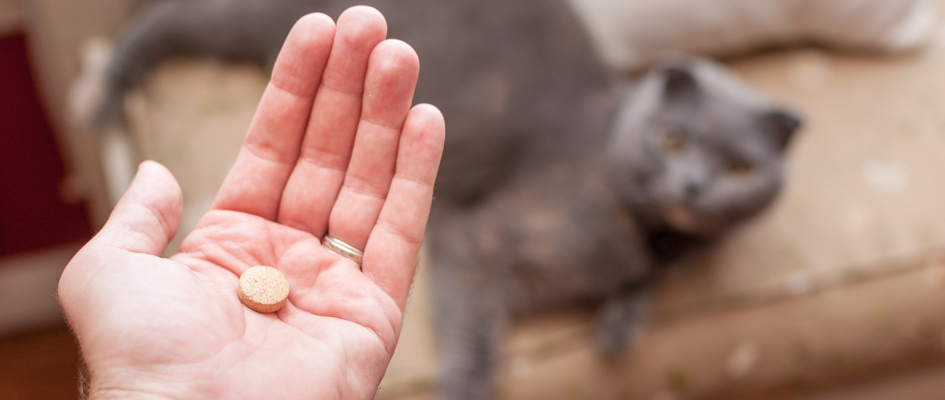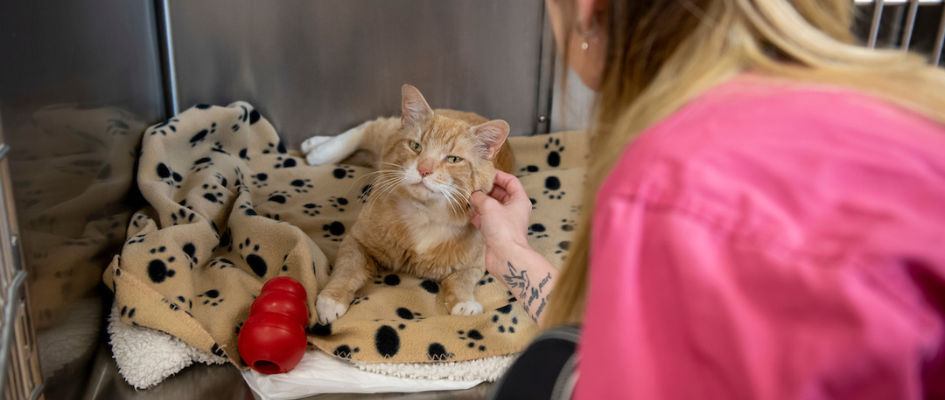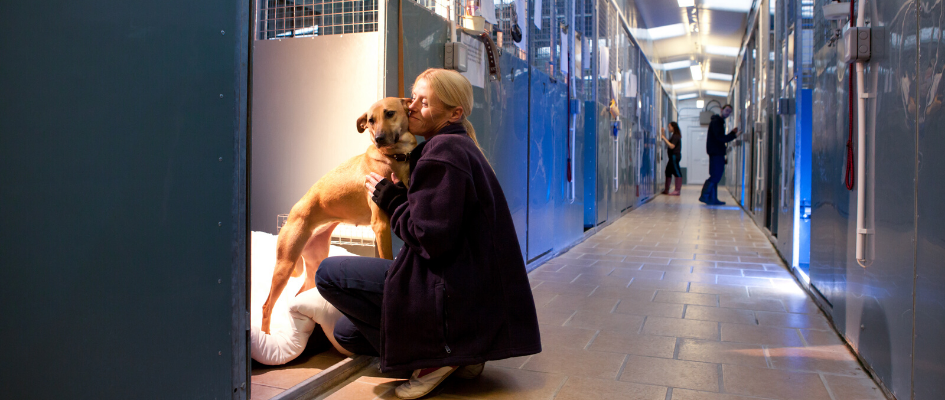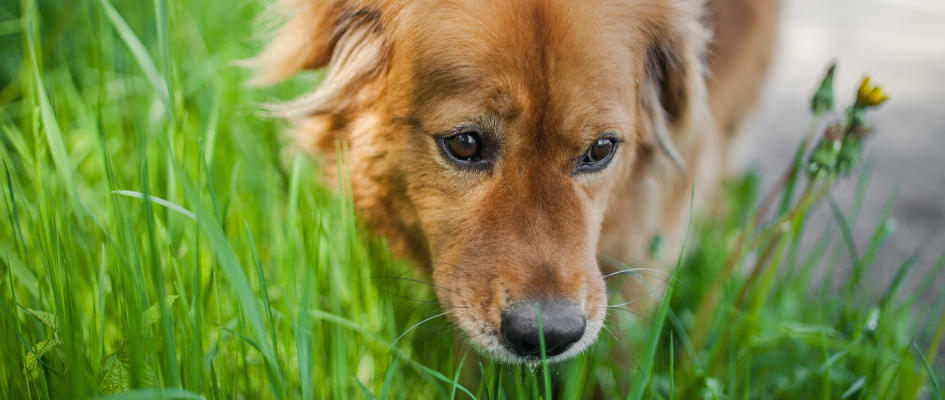We understand that giving medication to your cat can be a challenge! That’s why we’ve put together the following videos, tips, and links to help make the process as stress-free as possible for you and your feline friend.
There are two main techniques you can use to give your cat medication:
- Hiding the medication in food or treats
- Administering the medication directly into their mouth.
Different techniques may work for different cats, so try a few to find out what your cat prefers.
Hiding Medication
Hiding medication in food or treats is generally effective if your cat is feeling well enough to eat, as medication is usually safe to be given with food. It can also be less stressful for you and your cat!
Tips for hiding tablets:
- Ensure the medication can be given with food
- Use strong-smelling food (tuna in spring water or sardines can help)
- Warming food can increase the intensity of the smell
- Try tasty paste treats
- The addition of tasty biscuit treats can also help
- Try treats that have a pocket to hide the medication in
- You can hide multiple tablets or bitter-tasting medication in gelatine capsules.

Giving your cat medication directly
Tips for giving tablets:
- You may find it easier with someone else to help you
- Get everything ready in advance, as some cats will hide when they hear the tablet box being opened
- Have your cat on a table with a non- slip surface – a bath-towel can work well
- If you are alone, draping a towel or fleece over your cat’s front legs like a bib can prevent scratches
- Have your cat sitting in front of you looking away from you
- Hold your cat’s head firmly but gently around their cheekbones with your non-dominant hand
- Tip your cat’s head so that they are looking directly up to the ceiling
- Hold the tablet/capsule between your thumb and index finger of your dominant hand How to give your cat a tablet by hiding it within treats
- Use the middle finger of your dominant hand to gently pull down your cat’s lower jaw
- Place the medication as far back on your cat’s tongue as possible
- If suitable, encourage your cat to eat after giving the medication or syringe a small amount of water into the mouth to ensure the tablet moves quickly into the stomach
- Pill-givers are small syringe-like devices that can be used to administer tablets. If you’re interested in using one, please speak to one of our team.
Video Guidance
How to medicate your cat by using a hiding technique
How to give your cat a tablet by hiding it with treats
How to give your cat a tablet directly
Your local Goddard vet will be able to advise you on the best technique that you can use to give your cat medication. Remember, each cat is unique, so finding the right approach may take some trial and error. Don’t hesitate to seek professional guidance to ensure your feline friend receives their medication effectively and comfortably.



